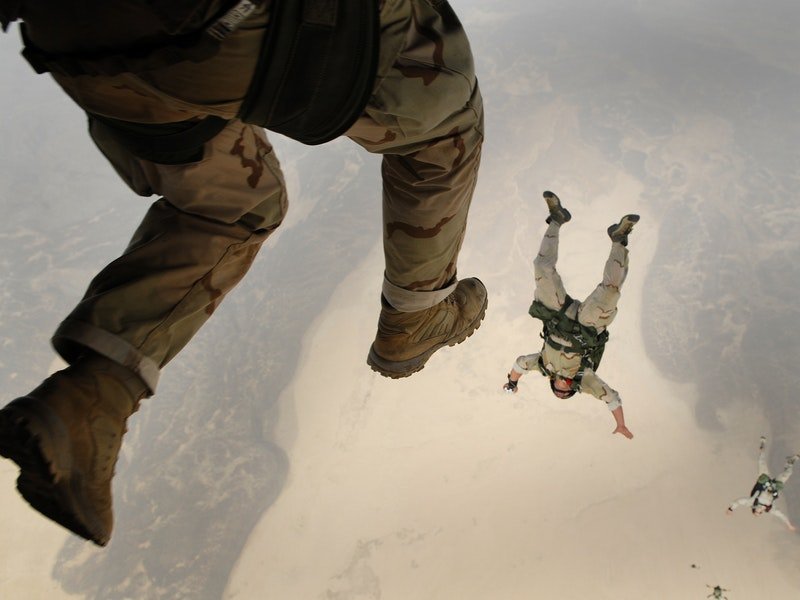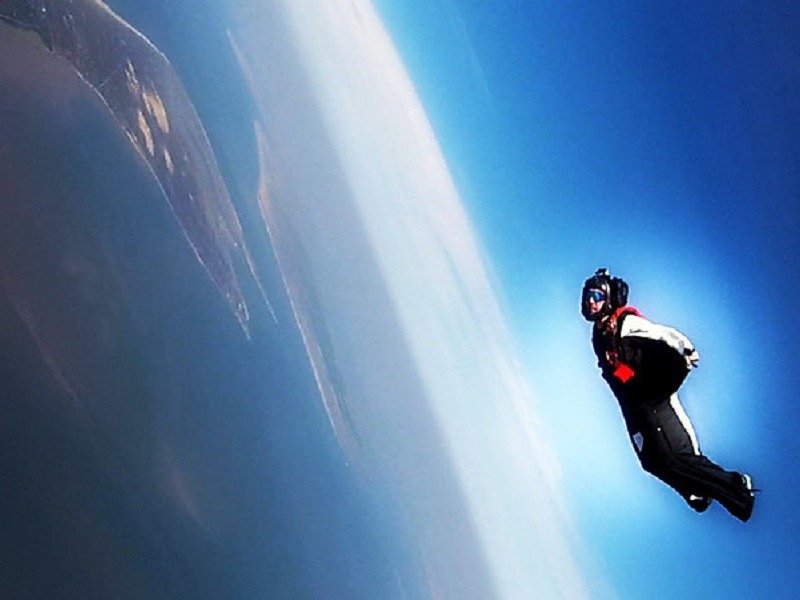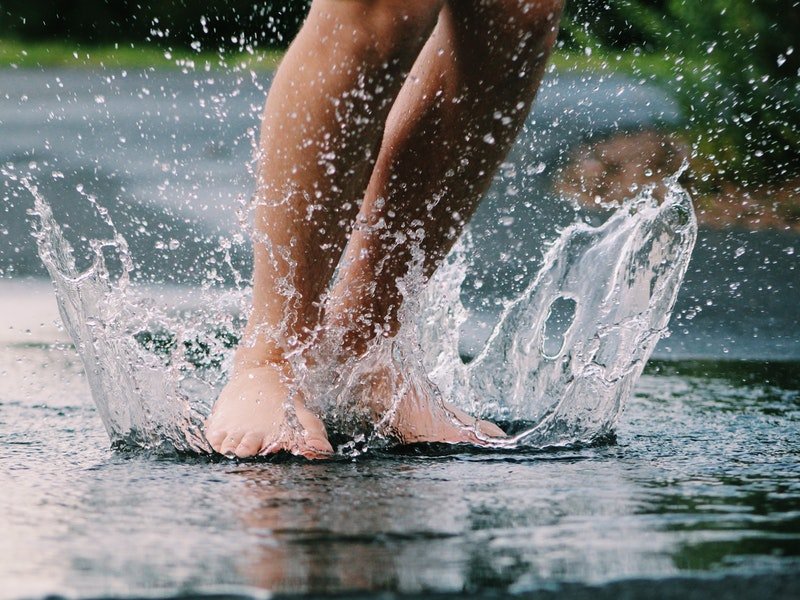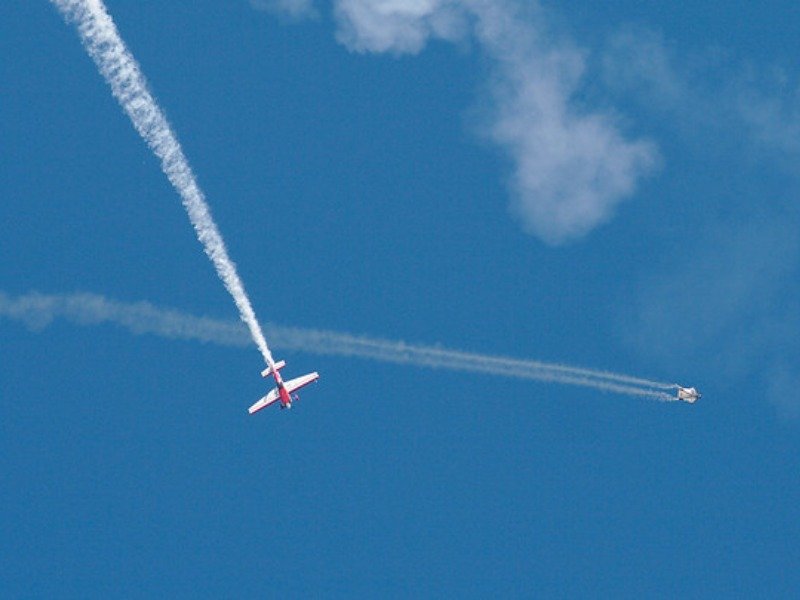Many people have asked us, how long does it take to learn wingsuit flying? Wingsuit flying is the first sport to truly give the ability to perform a human flight. Despite the high numbers of serious injuries and fatalities, it has grown popular with daredevils and thrill-seekers.
Perhaps the most extreme of all extreme sport, wingsuit flying is not something the average person can just try. For those determined to give this high adrenaline sport a go, the road to your first wingsuit flight is going to be a long one.
So just how long does it take to learn wingsuit flying? How hard is it? What are the costs involved? Let’s take a look at the journey to your first wingsuit flight…
How long does it take to learn wingsuit flying?

Before you even think about booking a wingsuit jump or course, you will first need to be an accomplished skydiver. Most good wingsuit courses and skydiving organizations will require you to first achieve your skydiving C license (minimum 200 jumps and 60 mins of freefall). Such are the risks and dangers of wingsuit flying, some will recommend you to first hold a D skydiving license (minimum 500 jumps and 3 hours of freefall).
Reaching levels C and D skydiving license are already an impressive achievement. However, even with 500 plus skydives and a level D license behind you, it’s not quite time to take your first wingsuit jump. The next step will be to take a trusted wingsuit course.
Wingsuit flying requires all the skills, knowledge, and experience of high-level skydiving, and more! You’ll need to understand and master horizontal flight, develop tremendous awareness of altitude and body positioning, and be able to handle new angled landings. You’ll also be using a lot of new equipment and need to learn how to remove some of your wingsuit gear and open your parachute very quickly.
Is it hard to fly a wingsuit?

Wingsuit flying is difficult and dangerous. The difficulty really depends on the type of jump and flight. But even the most basic wingsuit flights will need you to rely on your extensive knowledge of freefall, altitudes, and skydiving maneuverability. You’ll also want to complete a wingsuit course and feel very confident before considering your first flight.
There are also many different types of wingsuits. Beginner wingsuits are smaller and have less surface area: these suits have far less performance and can’t achieve as much distance, but they are more forgiving of errors. While more advanced wingsuits offer longer and more complicated flights, they require the pilot to have excellent knowledge and quick reactions.
Many consider wingsuit base jumping to be the most dangerous sport. The level of difficulty and risk when wingsuit base jumping is considerable. Not only do you face the same dangers of wingsuit flying from a plane jump, but you have the added dangers of base jumping; close proximity to the ground and objects, with little to no reaction time if things go wrong.
How much does it cost to learn wingsuit flying?

From your first skydive to your first wingsuit flight, it’s a very long journey. How long that journey takes and how much it costs can vary greatly, but it’s going to be considerable.
Let’s take a look at a rough breakdown of some of the landmarks and costs you’ll experience:
Taking a learner skydiving course: Costs can vary but a good beginner course including 25 jumps to achieve your first license is going to set you back around $2,000.
You’re then going to need at least another 175 solo skydives to work your way through the licenses. With skydives costing around $35-45 each, you’re looking at a rough cost of $7,000+.
At this level of commitment, you will have already purchased your first parachute (approx $3,000) and additional equipment ($1,000).
So by this stage, you’ll have spent roughly $13,000 before you can consider a wingsuit beginners course.
A wingsuit beginners course will likely set you back $1,000, and your first wingsuit will cost around $1,200.
Now you’re past $15,000 and you are ready to take your first flight. While this is an extremely rough estimate, it does indicate the high costs involved. It’s also worth bearing in mind that there will be lots of additional costs: inc club and organization costs, travel to locations, transport to drop zones.
Do you need a license to wingsuit?

Both the British Skydiving and the United States Parachute Association, have strict requirements. To attempt your first wingsuit flight you need to have a minimum of a C license. You also need to have completed at least 200 freefall solo skydives in the last 18-months, or 500 in total.
You are also recommended to take at least one beginner’s wingsuit flying course before attempting your first wingsuit flight. How long it takes you to learn wingsuit flying will be down to previous experience, but you shouldn’t even consider your first flight until you are fully prepared.
If you’d like to try wingsuit base jumping you’ll also need to first master standard base jumping. It’s recommended to have at least 50 base jumps under your belt before trying wingsuit base jumping.
Can you fly upwards in a wingsuit?

While wingsuits are not powered, it is possible to achieve lift. Although this is only a temporary lift.
It takes some skill to get a decent amount of lift in a wingsuit, and how much lift you can achieve also depends on the design of your wingsuit. Larger wingsuits, with greater surface areas, have the ability to achieve higher glide ratios and more lift.
Wingsuit lift comes from first gaining speed and then transferring that speed into the vertical lift. After diving to speeds of around 150 MPH, it’s possible for a wingsuit to get an estimated 30 feet of lift. However, this would be fairly brief and would only last for around 6 to 12 seconds.
Achieving significant lift during a wingsuit flight is very difficult. It’s not something most wingsuit pilots aim to achieve during a flight. However, having the ability to do so can avoid very serious injury. Knowing how, and being able to create a small amount of lift, can help to avoid dangers in an emergency.
How far can a wingsuit glide?

A typical wingsuit skydive will start at around 12,000 to 15,000 feet. Most pilots will then look to begin their wingsuit flight at around 9,000 feet. Wingsuit flights tend to be at a glide ratio of 2.5:1. That means a wingsuit flight should cover approximately 7.5 KM in distance.
The glide ratio will not be consistent throughout the journey and headwinds, tailwinds, and crosswinds will all be a deciding factor on the speeds and distances achieved.
The current world record for the longest wingsuit flight is just over 32 KM (32.094 to be exact). This was set by U.S. pilot Kyle Lobpries in 2016. The longest wingsuit flight in terms of time is currently set at 9.06 minutes.
It’s much harder to get significant distance with wingsuit base jumping. The current record for the longest wingsuit base jump is 7.5 KM. This was achieved by U.S. base jumper, Dean Potter, in 2011. Potter started his jump from Eiger mountain, at a height of 9,200 feet.
Can you wingsuit into water?

A lot of people have asked whether you can land a wingsuit without a parachute. Or whether it’s possible to land a wingsuit flight into water.
In 2013 a video was released seeming to show a wingsuit pilot successfully landing on a lake, without the use of a parachute. It was revealed that this was actually part of a marketing campaign for men’s grooming accessories and many claim the footage is fake.
The footage mentioned above used non-continuous camera shots and deceptive cuts, pointing to the likelihood that it isn’t genuine. There is no clear footage or record of a water landing being made, and due to the glide ratio and stall speeds of a wingsuit, it’s thought to be an incredibly dangerous idea.
There has been a record of a wingsuit flight ending without a parachute. In 2012, Gary Connery, a stuntman from the UK, landed his wingsuit flight via a ‘soft runway’. Using an area made out of 1000’s of soft cardboard boxes, he safely completed his landing without deploying his parachute.


1 Comment
Hiya very nice web site!! Man .. Excellent .. Wonderful .. I’ll bookmark your website and take the feeds additionally…I am satisfied to seek out numerous helpful information right here in the submit, we’d like develop more techniques in this regard, thanks for sharing.